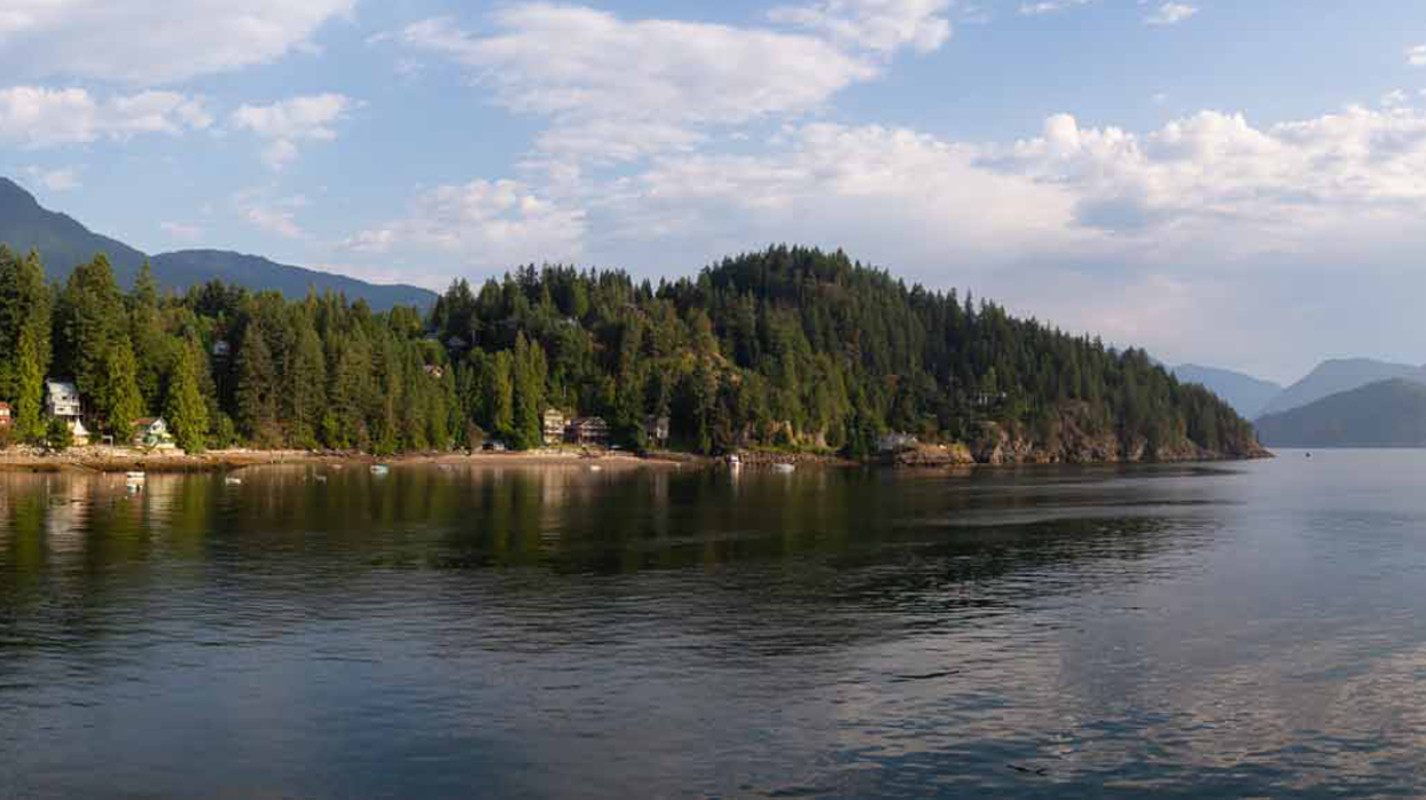If you’re a vacation property or second-home buyer in the market for a property to enjoy year-round, or with potential for seasonal and short-term rentals, your financial needs may be quite specific–here’s what you need to know.
By Tracey Rayson
For many British Columbians, the dream of a lakeside, seaside or mountain home is more attainable than ever: especially if a year-round tenant suite, and/or the potential for seasonal or short-term rentals, are worked into the equation. We’ve uncovered mortgage solutions to fit your recreational-property or second-home lifestyle.
THE FIVE PER CENT RULE
Myette Raynes, broker and owner at North Vancouver’s The Mortgage Centre: Essential Mortgage Company, says not even the global pandemic has tempered the real estate market.
“I’m doing mortgages for Canadians with vacation properties in the States who are now moving back home to B.C.,” says Raynes. “I used to do one [former U.S. homeowner mortgage] every couple of months and now I’m doing one a week.” Raynes says that people want an easy-drive getaway close to their primary residence, because it’s difficult to speculate if and when we will ever board planes again with our former ease.
Raynes herself, who lives in Squamish, has found the second-home financing market irresistible: she recently purchased a cabin at McNab Creek in Howe Sound, across from Gambier Island, through the Vacation/Secondary Homes program from mortgage insurer Sagen (formerly known as Genworth Canada). “Most people think if they buy a vacation home or a secondary home they have to put 20 per cent down, but Genworth allows qualifying homebuyers to put down as little as five per cent. So, with a price point of $300,000, for instance, you could be in your vacation home for $15,000 down.”
The program categorizes homes into two types: Type A is for secondary homes, covering first and second mortgages, and Type B is for vacation homes, but first mortgages only.
Type A mortgages can be up to 95 per cent loan-to-value (LTV), when the property value is less than or equal to $500,000, minus the required five per cent down. And property valued at greater than $500,000 but less than $1 million requires five per cent down on the first $500,000, with an additional 10 per cent down required on the balance of the home value. Type B mortgages offer 90 per cent LTV.
Qualified homebuyers with a strong credit history can also acquire a single mortgage with five per cent down through The Lifestyle Advantage program, a similar product offering from mortgage insurer Canada Guaranty.
INCOME IN THE EQUATION
The bonus, of course, is you can periodically rent out many vacation homes (always check with community or strata rules in a multi-family environment), with Airbnb or similar services, to help offset your bills, like property taxes and extra strata costs, or perhaps help meet your mortgage obligations; however, rental income cannot be used to qualify for most mortgage loans.
Raynes is quick to point out that it’s rare for a lender to give a mortgage loan on a property that’s sole use is a short-term rental. “The lenders have yet to adopt the short-term rental income into their underwriting guidelines,” she says. “They may consider it as a business, therefore requiring [the income] to be reported on your income tax T1 general or in a corporation.”
COMING TO TERMS
Here are a few keywords to understand financial products catering specifically to customers buying second properties gleaned from Sagen.
- Secondary home: New construction or a resale property, occupied by the owner or an immediate family member, that is winterized and lived in year-round.
- Vacation home: These properties need not be winterized, and since they are required to be open only for seasonal (summer) use, access roads need not be plowed in winter.
Note that investment, time-share and rental-pool properties are often not eligible for mortgage products catering to second home and residential property customers; check with your broker or lender for specifics.


